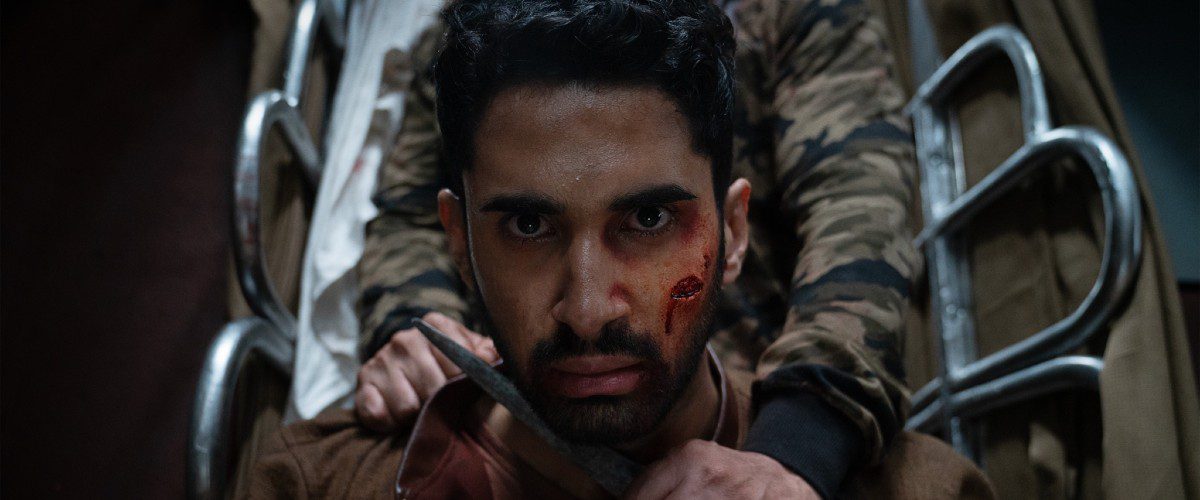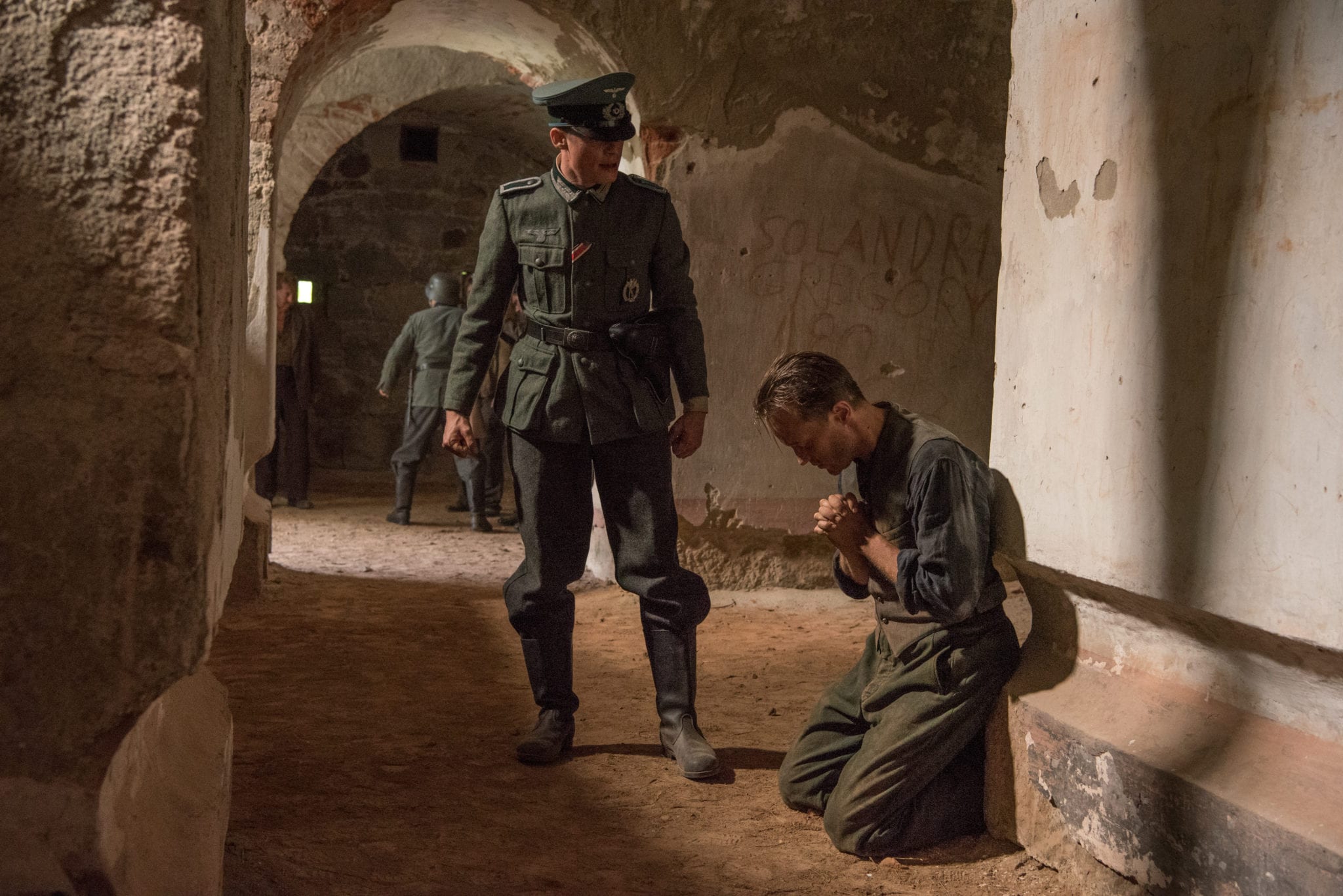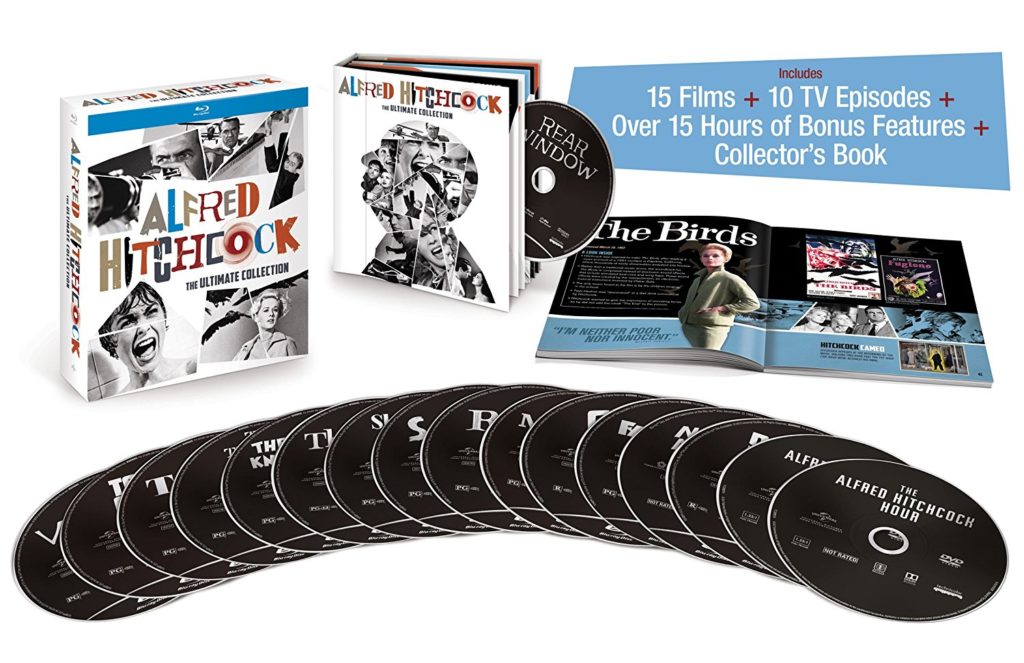 In Warner Brothers’ latest Hitchcock collection, audiences everywhere can see fifteen of the Master of Suspense’s greatest creations in Alfred Hitchcock: The Ultimate Collection. This particular collection allows fans of Hitchcock to see?Psycho, The Birds, Vertigo, Rear Window, North by Northwest, The Man Who Knew Too Much, Marnie, Saboteur, Shadow of a Doubt, Rope, The Trouble with Harry, Torn Curtain, Topaz, Frenzy,?and?Family Plot.?It also includes ten of Hitchcock’s television episodes, from?Alfred Hitchcock Presents?and?The Alfred Hitchcock Hour. The fifteen hour of bonus features are just that – a solid bonus of suspenseful proportions!
In Warner Brothers’ latest Hitchcock collection, audiences everywhere can see fifteen of the Master of Suspense’s greatest creations in Alfred Hitchcock: The Ultimate Collection. This particular collection allows fans of Hitchcock to see?Psycho, The Birds, Vertigo, Rear Window, North by Northwest, The Man Who Knew Too Much, Marnie, Saboteur, Shadow of a Doubt, Rope, The Trouble with Harry, Torn Curtain, Topaz, Frenzy,?and?Family Plot.?It also includes ten of Hitchcock’s television episodes, from?Alfred Hitchcock Presents?and?The Alfred Hitchcock Hour. The fifteen hour of bonus features are just that – a solid bonus of suspenseful proportions!
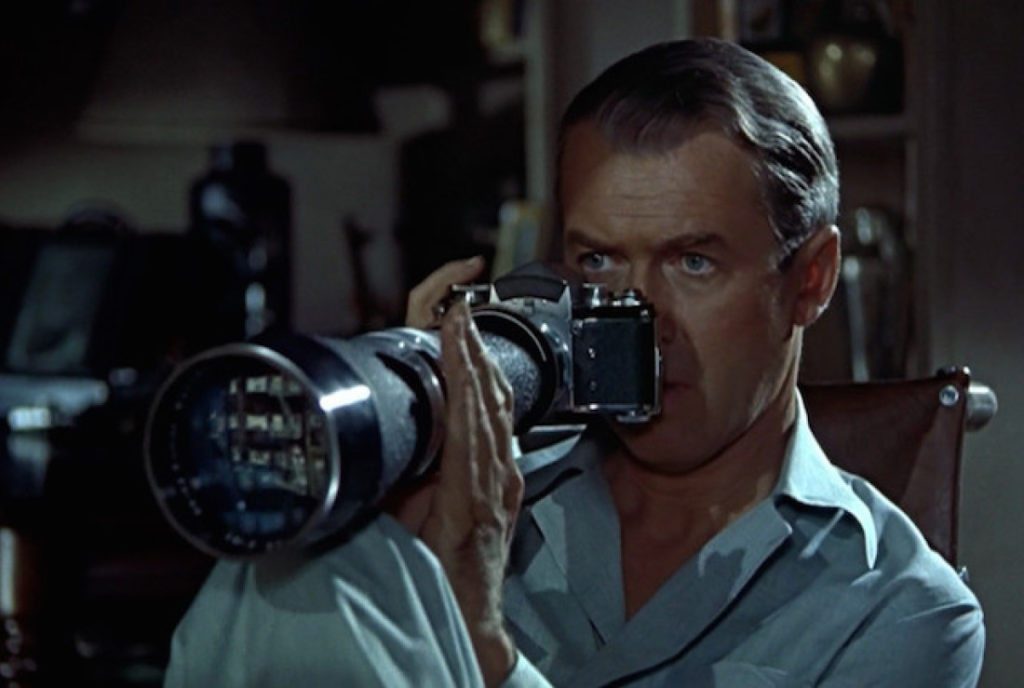 James Stewart began his collaboration with Hitchcock in 1954’s?Rear Window?about a man who sees more than he bargains for, is The Man Who Knew Too Much?(1956, but a remake of Hitchcock’s 1934 film) with Doris Day, then?has vertigo and acrophobia in Vertigo?(1958), and returned to run across country in North By Northwest?(1959).?
James Stewart began his collaboration with Hitchcock in 1954’s?Rear Window?about a man who sees more than he bargains for, is The Man Who Knew Too Much?(1956, but a remake of Hitchcock’s 1934 film) with Doris Day, then?has vertigo and acrophobia in Vertigo?(1958), and returned to run across country in North By Northwest?(1959).?
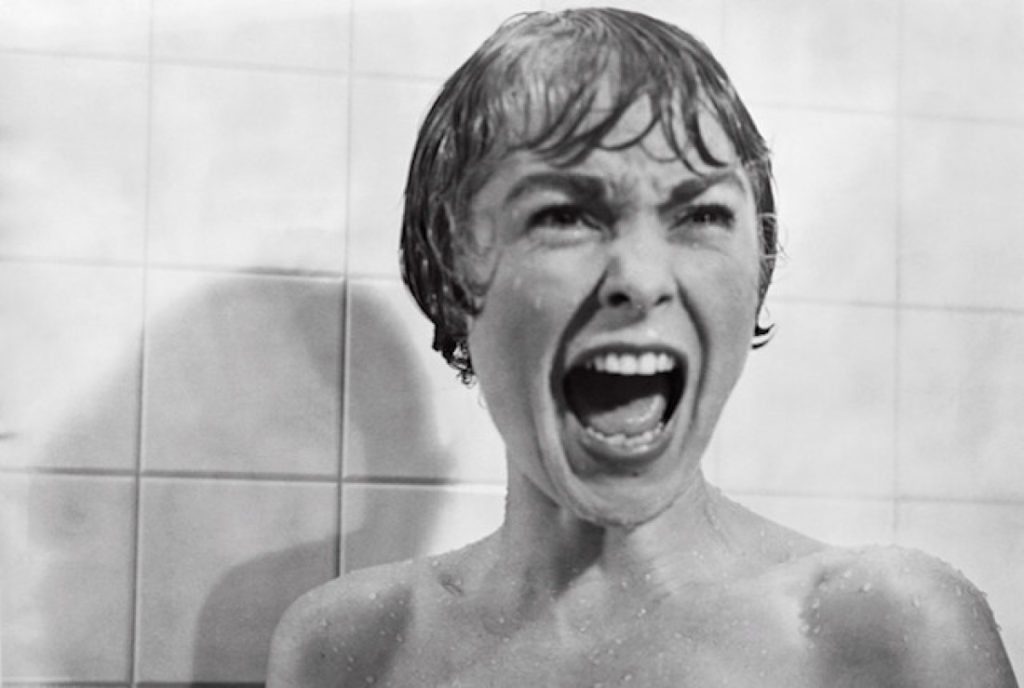 Psycho?(1960) gave a wildly suspenseful look at the creepiest of hotels, establishing a series (three sequels and a remake) and inspiring horror films for the last six decades. It also transformed what we think of Anthony Perkins! [It’s akin to 1943’s Shadow of a Doubt about a woman who suspects her suave uncle is a serial killer, and ends up in a deadly game of cat and mouse.] Three years after the shower scene, Hitchcock would make varieties of birds horrific with their wild onslaught in?The Birds. While you might be psyched out by a flock of birds next time you’re outside, the dastardly murder in?Rope?(1943) is solely done to ‘see what it’s like’ or?Frenzy?(1972) that casually plays out what seems like the life of a loser against the backdrop of a series of murders.
Psycho?(1960) gave a wildly suspenseful look at the creepiest of hotels, establishing a series (three sequels and a remake) and inspiring horror films for the last six decades. It also transformed what we think of Anthony Perkins! [It’s akin to 1943’s Shadow of a Doubt about a woman who suspects her suave uncle is a serial killer, and ends up in a deadly game of cat and mouse.] Three years after the shower scene, Hitchcock would make varieties of birds horrific with their wild onslaught in?The Birds. While you might be psyched out by a flock of birds next time you’re outside, the dastardly murder in?Rope?(1943) is solely done to ‘see what it’s like’ or?Frenzy?(1972) that casually plays out what seems like the life of a loser against the backdrop of a series of murders.
 A few of the films included here revolve around global espionage and efforts, like?Saboteur?(1942) about a man accused of bombing his own troops,?Topaz?(1962) about the Cuban Missile Crisis, and?Torn Curtain (1966) with Paul Newman engaged in double crosses to solve a problem the government needs fixed.
A few of the films included here revolve around global espionage and efforts, like?Saboteur?(1942) about a man accused of bombing his own troops,?Topaz?(1962) about the Cuban Missile Crisis, and?Torn Curtain (1966) with Paul Newman engaged in double crosses to solve a problem the government needs fixed.
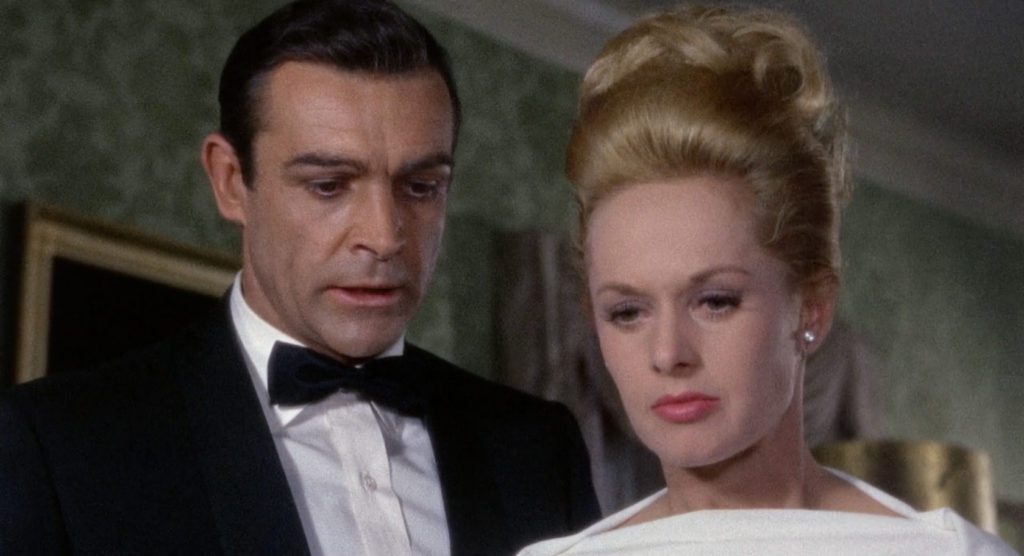 While most of these films are designed to give you the creeps,?The Trouble with Harry?(1955),?Marnie (1964), the film with Sean Connery and Tippi Hedren exchanging innuendos, or Family Plot (1976) about some swindlers aimed at stealing a fortune,?provide some view into what Hitchcock thought was funny. None of them is as creepy as the batch of more violent escapades, but they show the way he could craft a story to keep you guessing — or look deeper into your own life.
While most of these films are designed to give you the creeps,?The Trouble with Harry?(1955),?Marnie (1964), the film with Sean Connery and Tippi Hedren exchanging innuendos, or Family Plot (1976) about some swindlers aimed at stealing a fortune,?provide some view into what Hitchcock thought was funny. None of them is as creepy as the batch of more violent escapades, but they show the way he could craft a story to keep you guessing — or look deeper into your own life.
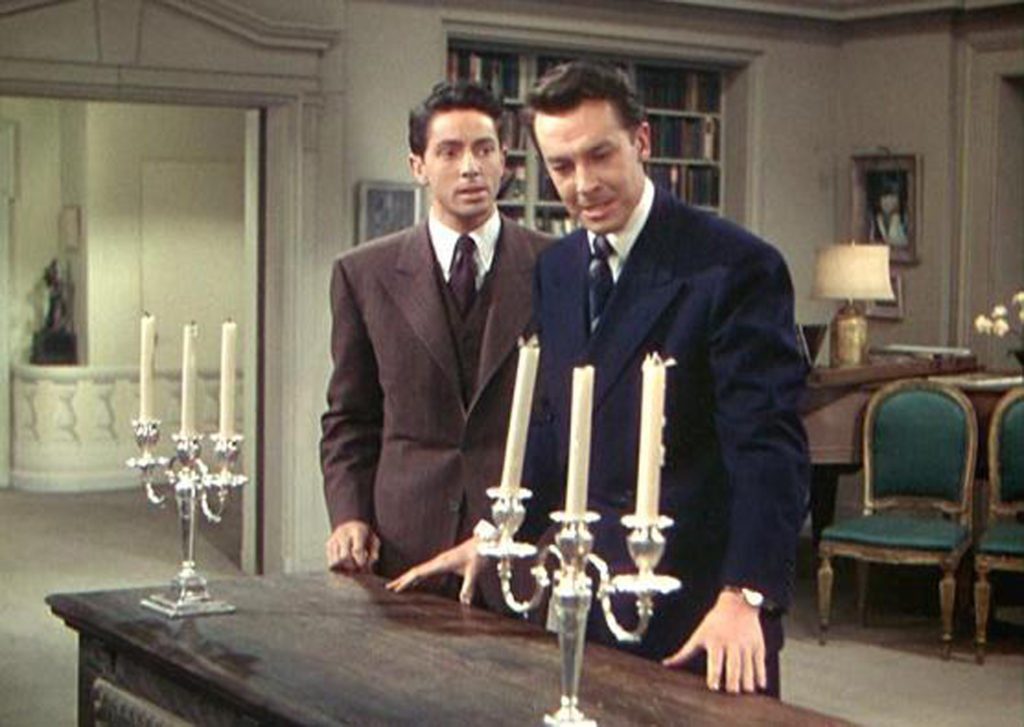 Thanks to the enclosed booklet, and the mix of commentaries from Hitchcockian experts, interviews, and input from Hitchcock himself, this deluxe set allows audiences to see the films in high definition, whether it’s black and white or in color, and learn more about what makes these films stand up above and beyond their cultural time. With nearly forty-five hours of content, this is a top shelf gift for the film fan in your life, whether they’ve actually been engrossed in Hitchcock before or not.
Thanks to the enclosed booklet, and the mix of commentaries from Hitchcockian experts, interviews, and input from Hitchcock himself, this deluxe set allows audiences to see the films in high definition, whether it’s black and white or in color, and learn more about what makes these films stand up above and beyond their cultural time. With nearly forty-five hours of content, this is a top shelf gift for the film fan in your life, whether they’ve actually been engrossed in Hitchcock before or not.
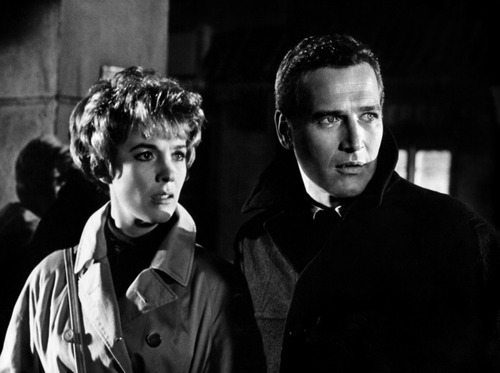 These films have a way of prying back the normal, the expected, the social customs of our day. They challenge us because they put normal people in abnormal situations, because people are often misunderstood or mistakenly accused. They ask us to consider what we think we know and why we know, and to consider if our preconceived ideas have predisposed us to some truth that actually isn’t true. It’s the fingerprints of a film master.
These films have a way of prying back the normal, the expected, the social customs of our day. They challenge us because they put normal people in abnormal situations, because people are often misunderstood or mistakenly accused. They ask us to consider what we think we know and why we know, and to consider if our preconceived ideas have predisposed us to some truth that actually isn’t true. It’s the fingerprints of a film master.



